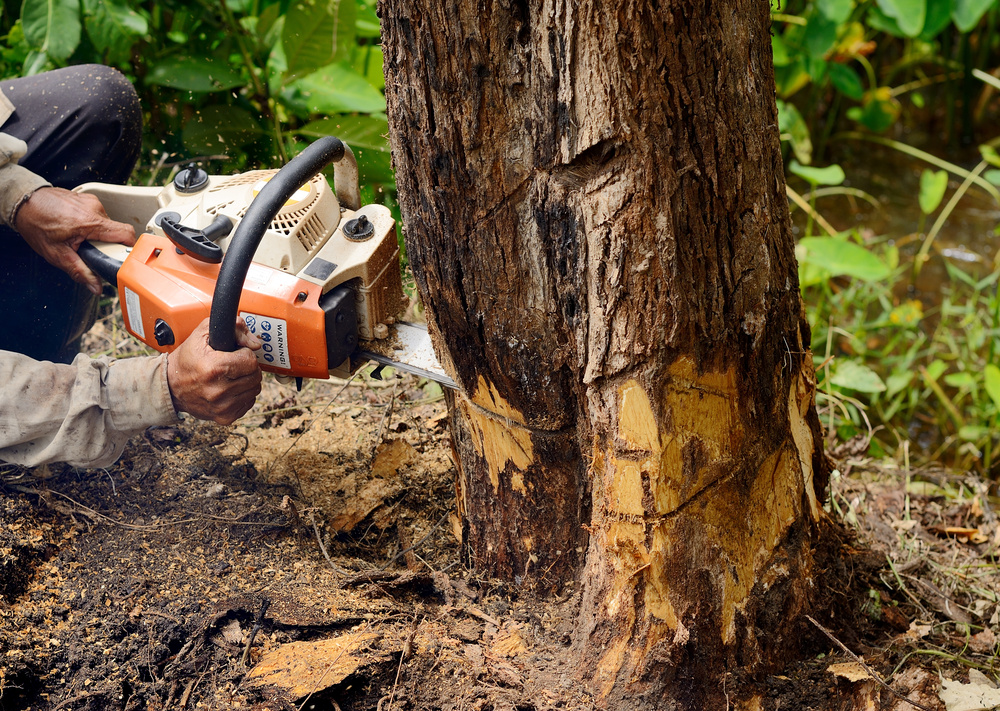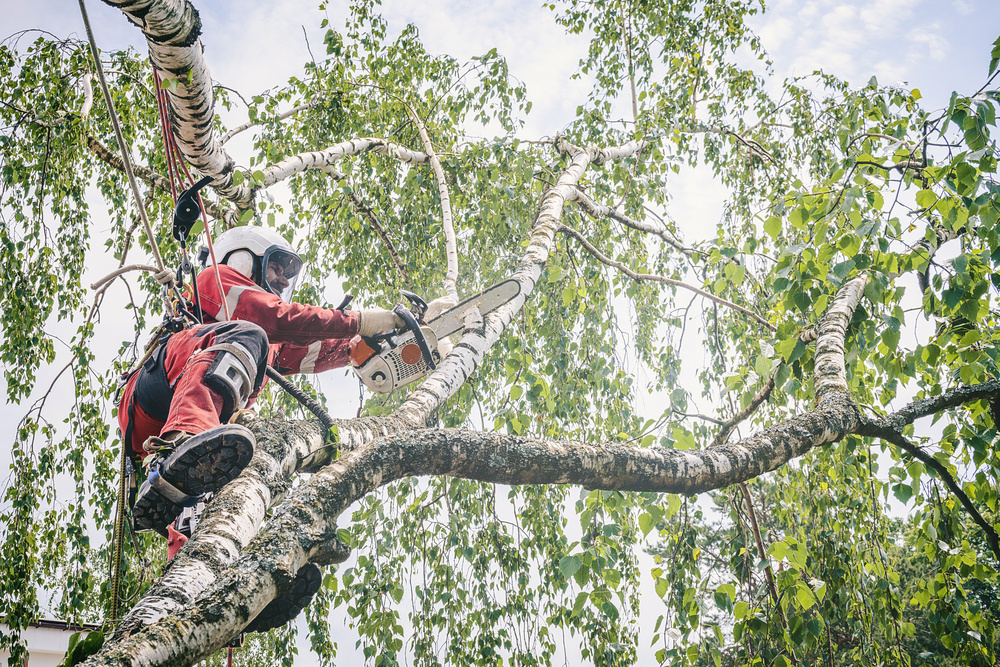Decaying and dead trees pose considerable risks to anyone near them. Apart from the possible damage to properties, they can injure people and pets. In some cases, property owners choose to remove these trees on their own to prevent these tragedies. However, this can be dangerous, especially if they lack skills in using tree-cutting equipment. Fortunately, property owners can always opt to hire tree removal services.
Suppose you plan to cut down a tree or two in your yard soon. In that case, you need to consider knowing how to prepare for tree removal. This won’t just minimize the risks involved in the process but will also ensure that trees are cut down efficiently and safely. Here’s an article to guide you for that purpose.
- Clear The Area
Clearing the area for tree removal is more than merely removing potted plants and outdoor furniture. It also means providing enough space for the felled tree. Since trees are often bigger and taller than you think, it’s tricky to estimate how much space is needed for the felling zone. But it’s better to err on the side of caution to ensure the tree will fall within a much sizeable safe space.
For a better clearing, you may consider cordoning the area with caution tape, especially if it’s near the pathways. For the best preparation, you may seek the help of tree removal services, such as S&B Tree Services, as they can assist in all the stages of cutting trees, including area clearing.
- Check And Measure The Tree
After clearing the area, you may need to determine the length and girth of the tree. To measure the tree, you must stand next to the trunk. You can use a measuring tape to run around the tree to measure its circumference. Remember to mark the starting point with a nail or thumbtack.
For a more accurate measurement, you can use a hypsometer and inclinometer. Hypsometers can calculate tree height and angle but may be expensive. On the other hand, an inclinometer is a measuring device that helps calculate tree height in sloped terrains.
Besides tree measurements, checking the various portions of the trees for decay is necessary before cutting them. The damaged or decaying parts sometimes snap early on and injure people near the area. By identifying these portions, homeowners or tree removers can anticipate what portions could break and thus avoid injuries.

- Prepare The Right Equipment
Arborists and professional tree removers typically use a vast array of cutting tools. For do-it-yourself (DIY) enthusiasts, having these tools can be costly. However, they’re necessary to ensure safe and efficient felling. For the different tools you may use, you can dive into the following:
- Chainsaws
These are mechanical cutting tools used in bucking and felling trees. In choosing a chainsaw, you should look for its safety features, such as a hand guard, emergency stop button, and throttle lock. For power and performance, you may look for a chainsaw with multiple throttle triggers, high torque, and an appropriate power-to-weight ratio. Using a chainsaw for the first time can be really dangerous. Make sure to know how to properly use one before you start cutting down a tree, Check these Chainsaw tips and tricks to learn more.
- Hand Saws
These are basic cutting saws for removing branches and cutting down small trunks. Hand saws often come in various lengths and widths.
- Tree Loppers
These tools are ideal for thinning tree crowns or cutting branches before felling because of their extendable, telescopic handles.
- Pole Saws
Pole saws are perfect for slicing branches one to two inches in diameter. They usually have long handles called poles that make them suitable for cutting the high portions of a tree crown.
- Identify The Exit Points
Designating an exit point ensures that you’ll have an escape route once the tree starts to fall. Apart from this, exit points may serve as entry points for tools and equipment.
The rule of thumb is to choose two exit points at an angle approximately 135 degrees from the direction of the falling tree. You should ensure these areas are free from objects that may trip people.
- Design A Cutting Plan
After clearing and cleaning the area and measuring the tree, you can design a plan on how to cut the tree efficiently. You may map it out or mark the portions to chop. You could start limbing or trimming the branches and twigs of the standing tree to make the main trunk lighter and easier to fall. If the tree has large roots, you may need to remove them first.
You may start with the bottom of the tree if it’s situated on flat terrain. You can start by cutting a 45-degree angle V-shape at the tree’s base. If the tree is on a slope, you must begin with the portion facing the feller. Then, you can chop a little on the opposite side.
Wrapping Up
As the cliché goes, a job well planned is a job half done. In the context of tree removal, proper preparation is vital to avoid risks and ensure efficient tree cutting. Aside from providing tips and tricks for felling a tree, this article also gives insights on how to ensure safety and efficiency in chopping down a tree.






